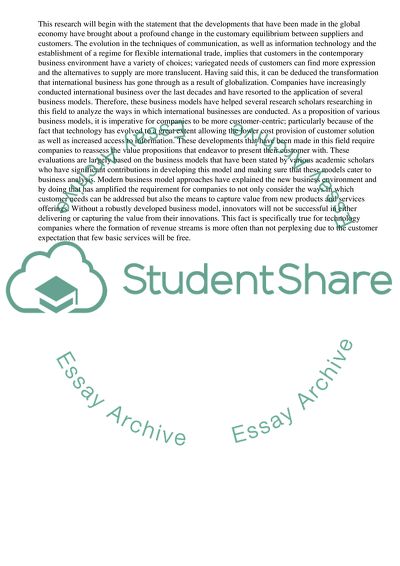Cite this document
(“Business Model Approaches and Its Used In Understanding International Assignment”, n.d.)
Business Model Approaches and Its Used In Understanding International Assignment. Retrieved from https://studentshare.org/business/1654283-how-do-business-model-approaches-help-us-to-understand-international-businesses-and-how-they-operate
Business Model Approaches and Its Used In Understanding International Assignment. Retrieved from https://studentshare.org/business/1654283-how-do-business-model-approaches-help-us-to-understand-international-businesses-and-how-they-operate
(Business Model Approaches and Its Used In Understanding International Assignment)
Business Model Approaches and Its Used In Understanding International Assignment. https://studentshare.org/business/1654283-how-do-business-model-approaches-help-us-to-understand-international-businesses-and-how-they-operate.
Business Model Approaches and Its Used In Understanding International Assignment. https://studentshare.org/business/1654283-how-do-business-model-approaches-help-us-to-understand-international-businesses-and-how-they-operate.
“Business Model Approaches and Its Used In Understanding International Assignment”, n.d. https://studentshare.org/business/1654283-how-do-business-model-approaches-help-us-to-understand-international-businesses-and-how-they-operate.


